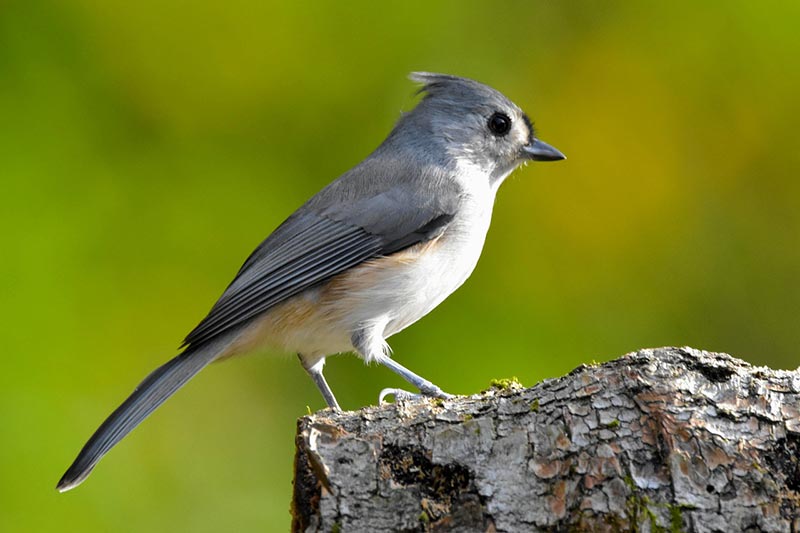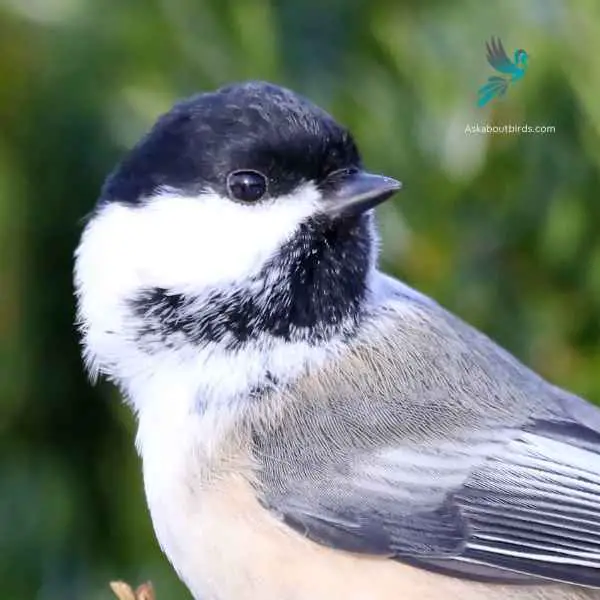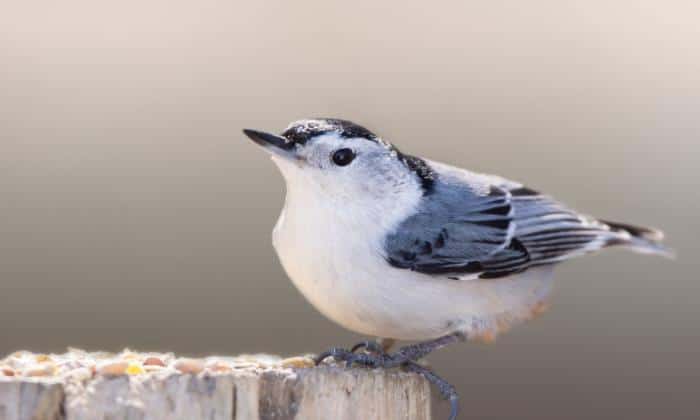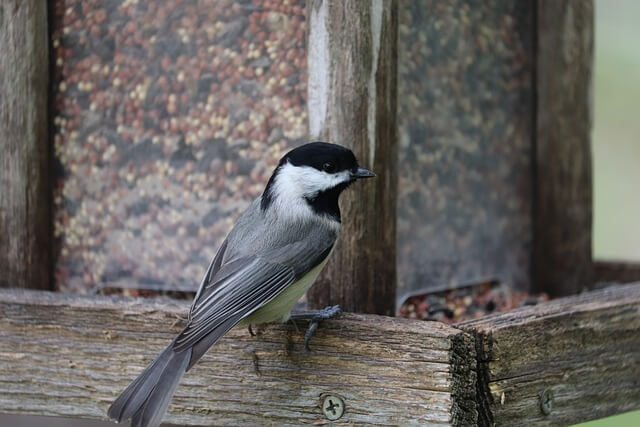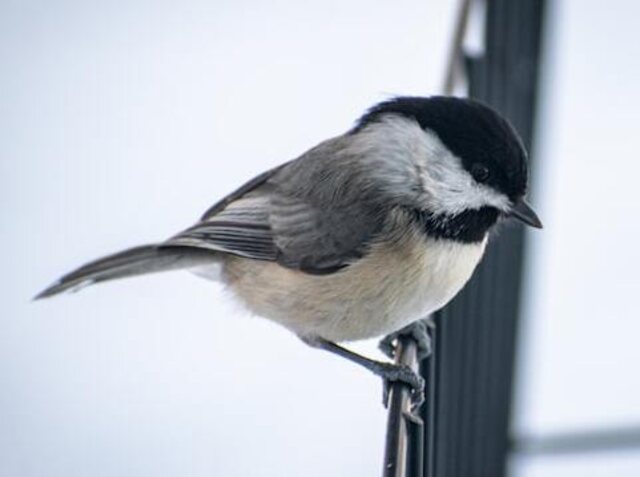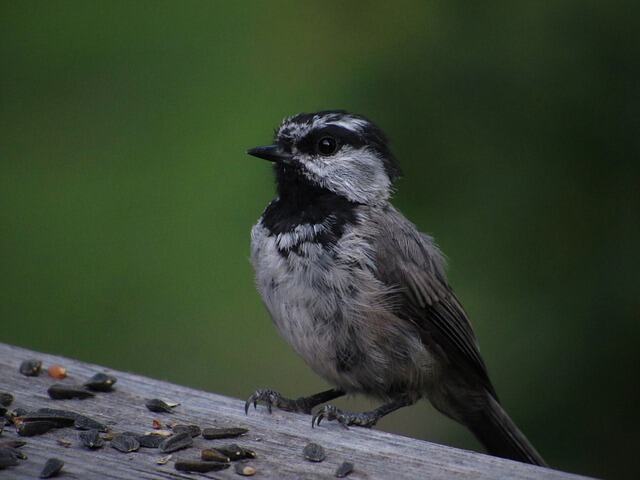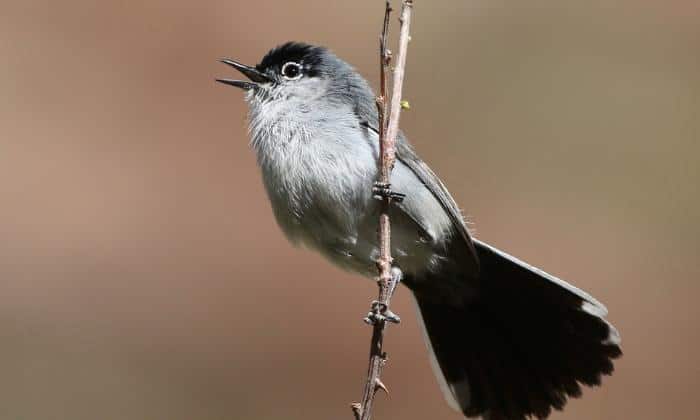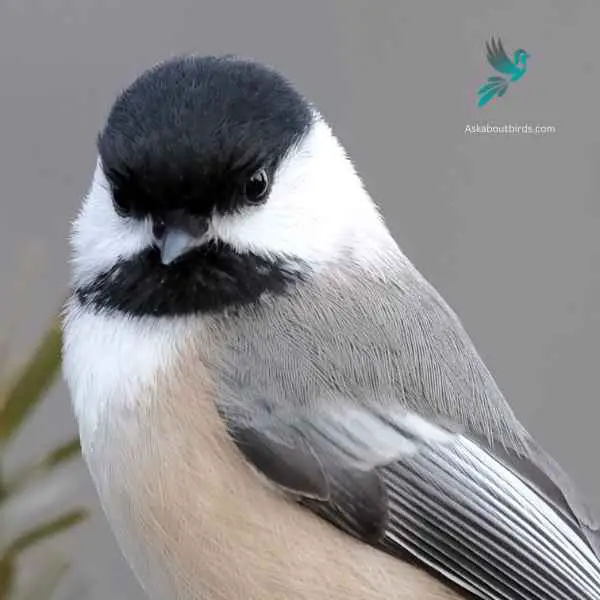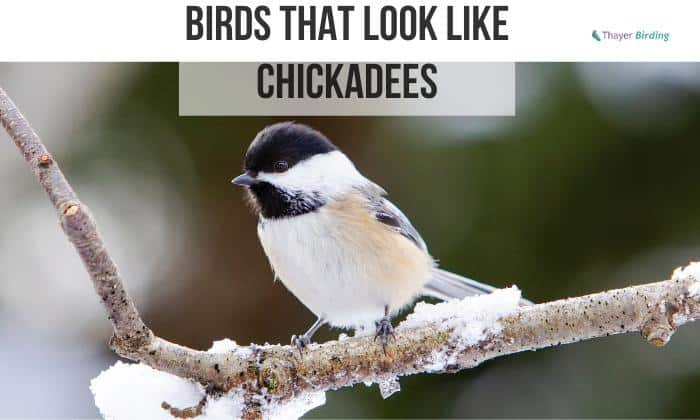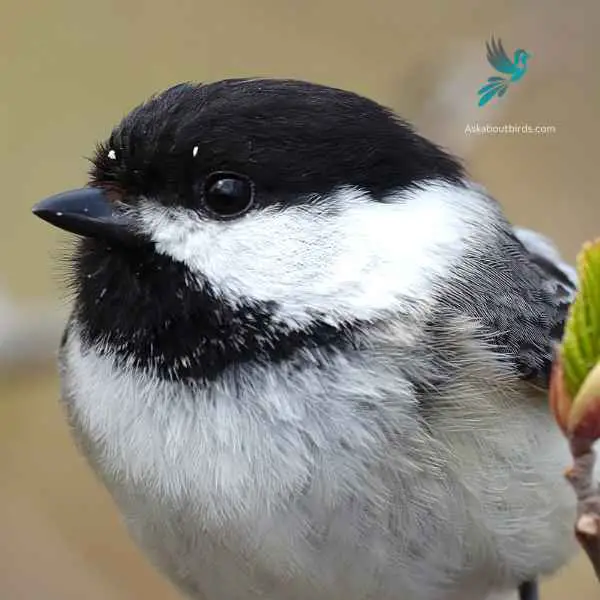Bird That Looks Like A Chickadee

Birdwatchers across the Eastern United States are reporting sightings of a small, energetic bird that bears a striking resemblance to the familiar Chickadee. However, experts are now confirming that these birds are actually Boreal Chickadees, a species typically found much further north in boreal forests and subarctic regions of Canada and Alaska.
This unusual southward movement has sparked considerable interest and concern among ornithologists, raising questions about the factors driving this shift and its potential impact on both the Boreal Chickadee population and the ecosystems they are entering.
Unusual Sightings Cause Stir Among Bird Enthusiasts
Reports of the Boreal Chickadee began trickling in throughout the fall, initially dismissed as misidentified Black-capped or Carolina Chickadees, which are common throughout the region.
However, the increased frequency of sightings, coupled with photographic evidence and expert analysis, has confirmed the presence of a significant number of these northern visitors.
The Cornell Lab of Ornithology, a leading authority in avian research, has been tracking the reports and providing resources for birdwatchers to accurately identify the species.
Identifying the Boreal Chickadee
Distinguishing a Boreal Chickadee from its more common cousins requires careful observation. While similar in size and overall shape, the Boreal Chickadee has a brown cap and a less distinct black bib compared to the black cap and bib of the Black-capped and Carolina Chickadees.
Its call is also slightly different, described as a hoarse "chick-a-dee-dee-dee."
"It's important to listen carefully and look closely at the subtle differences in plumage,"explains Dr. Jane Miller, a research ornithologist at the National Audubon Society. "A good field guide and online resources can be invaluable tools for identification."
Possible Causes of the Southern Migration
The reasons behind this southward movement are still being investigated, but several potential factors are being considered. One leading hypothesis is a failure of the cone crop in the boreal forests, a crucial food source for Boreal Chickadees during the winter months.
This lack of food could be driving the birds to seek sustenance further south. Climate change is another factor that may be contributing to the shift. Rising temperatures and altered weather patterns could be impacting the habitat and food availability in the Boreal Chickadee's traditional range.
Some experts also suggest that an increase in the Boreal Chickadee population may be pushing younger birds to explore new territories.
Impact on Local Ecosystems
The arrival of the Boreal Chickadee raises questions about its potential impact on the ecosystems it is entering. Competition with native chickadee species for food and nesting sites is a primary concern.
While the exact extent of the competition is unknown, researchers are monitoring the interactions between the different species. There is also the possibility of the Boreal Chickadee introducing new diseases or parasites to the local bird population, although this risk is considered relatively low.
Citizen Science Plays a Crucial Role
Birdwatchers are playing a critical role in tracking the Boreal Chickadee sightings. Platforms like eBird, a citizen science project run by the Cornell Lab of Ornithology, allow individuals to report their observations and contribute valuable data to researchers.
These reports help scientists understand the distribution and abundance of the Boreal Chickadee in its new range.
"Citizen science is essential for monitoring these types of events,"says Dr. Miller. "The collective efforts of birdwatchers provide a wealth of information that would be impossible to gather through traditional research methods alone."
A Call to Action for Bird Lovers
Birdwatchers are encouraged to continue reporting their sightings of Boreal Chickadees and other unusual bird species. Accurate identification and documentation are crucial for understanding the changes occurring in bird populations.
By participating in citizen science projects, individuals can contribute to the ongoing research and conservation efforts aimed at protecting these fascinating creatures.
Looking Ahead: Monitoring the Situation
The influx of Boreal Chickadees into the Eastern United States is a dynamic situation that requires continued monitoring. Researchers will be tracking the birds' movements, assessing their impact on local ecosystems, and investigating the underlying causes of this unusual migration.
The data collected will be used to inform conservation strategies and help protect both the Boreal Chickadee and the native bird populations. This event serves as a reminder of the interconnectedness of ecosystems and the importance of understanding the impacts of climate change and other environmental factors on wildlife.
